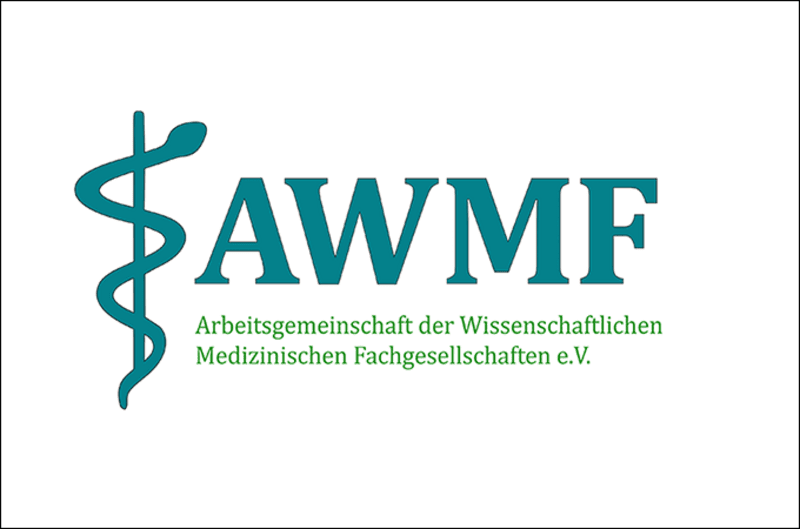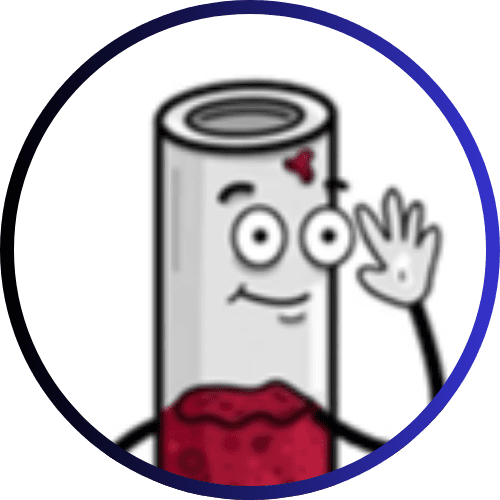New S3 guideline on lichen sclerosus: Early diagnosis and treatment are crucial
Lichen sclerosus (LS), a chronic, non-infectious skin disease, causes itching, pain, and scarring changes in the genital area. The disease, which affects women, men and children, significantly reduces the quality of life. A new S3 guideline, drawn up by the German Dermatological Society (DDG) and the German Society for Gynaecology and Obstetrics (DGGG), is intended to sensitize professionals and those affected. Early diagnosis and treatment with highly potent topical glucocorticoids are essential to alleviate symptoms and prevent complications such as sexual dysfunction or anogenital carcinomas.

LS manifests itself through itching, burning, redness and skin changes such as atrophy or scarring, in women often with narrowing of the vaginal entrance, in men with narrowing of the foreskin. The prevalence is estimated at 0.1 to 3%, women are more frequently affected. The causes are unclear, and the disease is often detected too late. The guideline recommends topical glucocorticoids of class III or IV, such as clobetasol propionate or mometasone furoate, as first-line treatment. These relieve symptoms quickly and are safe with limited use. In boys and men, circumcision may be necessary if therapy is insufficient. Emollients support the skin barrier.
The guideline emphasizes the importance of interdisciplinary teams from dermatology, gynecology, urology, and other specialties, as well as patient education, to promote adherence. Psychological stress such as anxiety or depression must not be overlooked. Practical tips for those affected include avoiding irritating substances, daily basic care and avoiding tight clothing material. A set of slides supports medical training.
Original Paper:
Editor: X-Press Journalistenbû¥ro GbR
Gender Notice. The personal designations used in this text always refer equally to female, male and diverse persons. Double/triple naming and gendered designations are used for better readability. ected.




